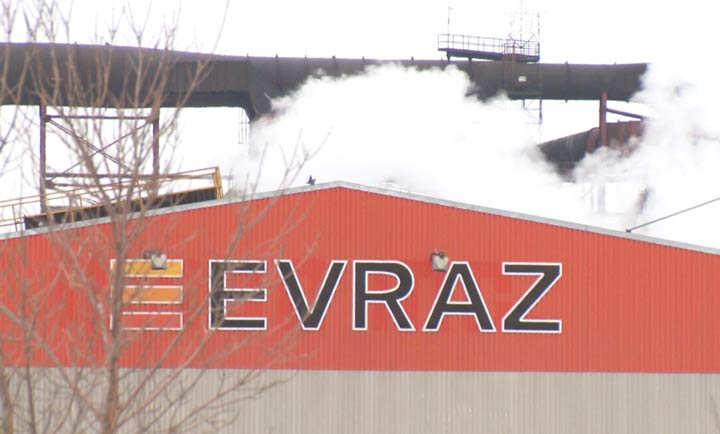Canada’s unemployment rate saw its biggest single-month increase in November since the 2008 finical crisis, with a national loss of 71,000 jobs. This drove the national unemployment rate up from 5.4 to 5.9 per cent.

Saskatchewan’s unemployment went up from 5.1 to 5.8 per cent, based on Statistics Canada‘s monthly job data. However, the growth isn’t being driven by the same factor as other parts of the country.
The province did shed about 1,600 jobs between October and November, almost entirely part-time positions. The biggest reason for Saskatchewan’s rising unemployment rate is more people are looking for jobs.
“The Saskatchewan report looks reasonably stable. The big news there is an increase in job seekers, which isn’t a bad thing. That’s sort of a vote of confidence when you see a big spike in the numbers of people returning or looking for work or entering the labour force again,” said University of Regina economics Prof. Jason Childs.
“That’s good news overall. We’re still down a little bit, but the confidence seems to be there. When you’re looking at other provinces, wow there’s some bad news in there.”

Get daily National news
Saskatchewan’s labour force, participation rate and unemployment all rose while the employment rate remained steady. This indicates more people are seeking jobs.
The unemployment rate is based on the number of people without jobs seeking work. Those without jobs who aren’t seeking work are not factored into unemployment rates.
Nationally, some of the hardest hit sectors are manufacturing (-27,500 jobs), public administration (-24,000 jobs), accommodation and food services (-11,000 jobs), information, culture and recreation (-8,300 jobs), the natural resource sector (-6,500 jobs) and transportation/warehousing (-5,600 jobs).
Childs said many of these losses are leading indicators of an upcoming recession.
“We’re seeing transportation turn down, so that sort of wholesaling and moving goods around, when that goes to a negative that’s a bad sign. That’s an indication orders aren’t being made and orders aren’t being filled,” Childs said.
“So when you see that, it’s time to be a little bit concerned.”
Childs also views job losses in hospitality and cultural sectors as indicators more people are either saving their disposable income, or they just don’t have it.
With these losses, why is Saskatchewan not seeing the same downward job trends?
“I think it has to do with the industries we’re involved in with manufacturing. So we do steelwork through Evraz and the like. We also do a lot of agricultural products manufacturing,” Childs explained.
“That industry so far has been relatively insulated from the shocks that are buffeting the manufacturing sector.”
Quebec, Alberta and British Columbia saw the biggest provincial losses. Quebec saw 45,000 fewer people employed month-over-month, while both Alberta and B.C. saw 18,000 fewer employed people in the same time frame.
Ontario’s job numbers remained relatively stable despite manufacturing losses.
If these manufacturing losses are sector-specific, like the automotive industry, Childs said Saskatchewan’s economy will likely be fine. However, if the losses are driven by broader market downturns, Saskatchewan will likely start to see greater job losses.








Comments